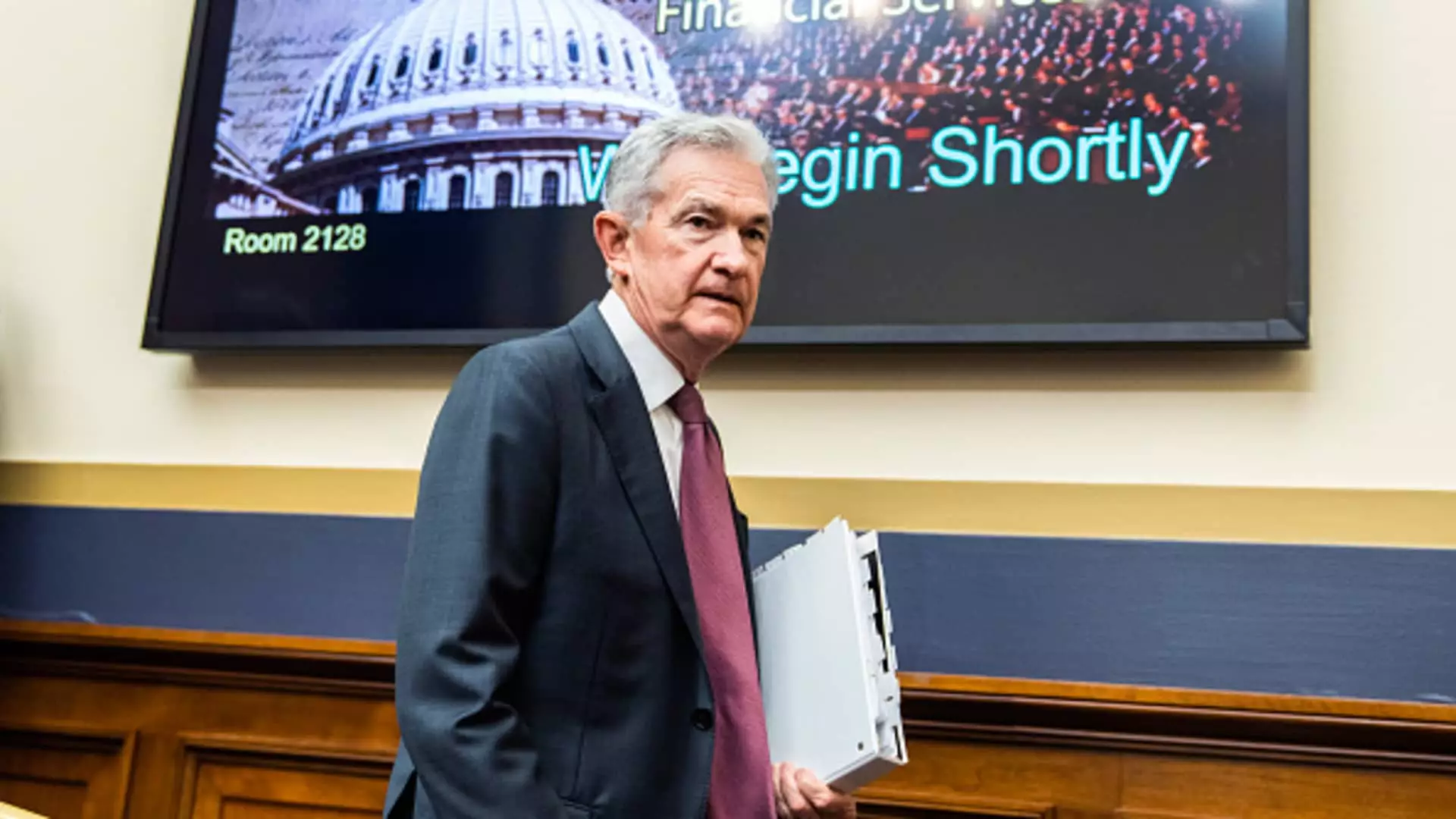Federal Reserve Chair Jerome Powell recently addressed the topic of interest rates, reiterating that he anticipates rates to begin decreasing within the current year. However, he refrained from specifying a precise timeline for this shift. In his remarks to Capitol Hill, Powell emphasized the importance of monitoring inflation risks and the need to avoid abrupt easing. The Federal Open Market Committee’s statement, following the latest meeting on January 31, echoed these sentiments. Powell emphasized the significance of analyzing incoming data, evolving outlooks, and risk balances before adjusting target ranges for policy rates.
Powell’s statement indicated that the current economic climate is not conducive to drastic changes in monetary policy. While hinting at a potential reduction in the target range at some point this year, Powell underscored the uncertainty surrounding the economic outlook. Lowering rates too quickly could jeopardize the battle against inflation, necessitating subsequent rate hikes, while delaying adjustments might impede economic growth. The lingering concerns about inflation and the complexities of balancing economic objectives were central themes in Powell’s address.
Speculations regarding the Federal Reserve’s stance on interest rates have been evolving. Initially, many market participants anticipated a more aggressive easing stance after a series of interest rate hikes. However, recent cautionary statements from Fed officials, coupled with the outcomes of the January meeting, have tempered these expectations. Although the futures market signals the likelihood of rate cuts in the near future, Powell’s remarks underscored the Fed’s methodical approach and commitment to data-driven decisions rather than adhering to predetermined trajectories.
Powell acknowledged the progress made towards achieving the Fed’s inflation target while maintaining a stable labor market and overall economic growth. Despite concerns about inflation levels, Powell highlighted a noticeable deceleration in both goods and services prices from previous years. The Fed’s preferred inflation gauge currently stands at 2.4% annually, with a core reading of 2.8% after excluding food and energy prices. Powell emphasized the importance of anchoring long-term inflation expectations, citing various surveys and market indicators that reflect a stable outlook.
As Powell prepares to address congressional committees, the political backdrop adds another layer of complexity. With the upcoming presidential election, calls for rate reductions from certain political figures have intensified, putting additional pressure on the Fed. Powell’s interactions with lawmakers will likely touch on these political undercurrents, despite the Fed’s traditional stance of remaining apolitical. The dynamics between the central bank and the government, especially during election years, present unique challenges and considerations for Powell and his colleagues.
Powell’s recent statements shed light on the Fed’s cautious yet strategic approach towards adjusting interest rates. While market expectations may fluctuate, the Fed’s commitment to data analysis and economic stability remains unwavering. As Powell navigates through the intricate web of economic indicators, political pressures, and public expectations, his leadership will be tested in steering the central bank towards its dual mandate of fostering price stability and maximizing employment opportunities.


Leave a Reply